[bannerTop]
Welcome to our Mobifoth Pop-up “Virus” removal guide. The following instructions will aid you in removing the unwanted software from your PC.
The Browser hijackers are famous for their nagging and oftentimes very intrusive behavior. Many users have faced one or more such pieces of software at least once in their online experience, but if you have encountered such program just recently, the article below may be very helpful for you. On this page we are going to stop our attention at one newly reported program named Go.Mobifoth.com. In general, this browser hijacker could be the potential reason for your recent browser’s homepage or search engine replacements, the intrusive flow of ads, pop-ups and banners that keep interrupting your online activity and the unstoppable page redirects that you might be facing more often than you would like to. Your Chrome, Firefox, Explorer, or any other browser that you are using might be the most probable program that could be affected and if you would like to bring its settings back to normal, we suggest you carefully read the information that follows.
Mobifoth – what am I dealing with?
If you are concerned about your system’s safety, this is probably the first thing that you might be asking yourself. What exactly is Go.Mobifoth.com? Is it dangerous? Could it be a virus and how to remove it? It is very normal for these pieces of software to invade your default browser, impose certain changes on its homepage or search engine and initiate a constant flow of intrusive ads, pop-ups, and page redirects. This activity, more often than not, is not directly approved by the users and may result in a huge irritation and browsing related disturbance. However, for good or bad, browser hijackers are not considered illegal. They are basically developed as online advertising tools, which aim to display specific products, services and web pages on the users’ screen and redirect them to certain promotions and offers. Many marketers and advertisers make use of such pieces of software to advertise their products and even make some money thanks to methods like Pay-Per-Click. The users, who have to endure the constant browsing interruption, however, may not be happy with the imposed changes and the aggressive flow of ads, that’s why many of them seek for ways to remove the annoying program. Unfortunately, most browser hijackers don’t offer a quick and easy way to disable the ads and reverse the imposed modifications in the affected browser. Even if you change the settings, in a very short time they will be modified by the hijacker again. That’s why one permanent solution which many people prefer is to fully uninstall the program from their system.
Is Mobifoth a virus and does it pose some security risks?
Programs like Mobifoth may often be wrongly called viruses, however, they don’t really contain malicious scripts like the actual viruses. In fact, the browser hijackers are not considered as dangerous programs and it would be more accurate to call them potentially unwanted rather than malicious. According to security experts, these programs can be irritating and can be related to some unpleasant and aggressive activities like “traffic data” collection, frequent ad-related disturbance, unwanted page redirecting, browser sluggishness and crashes but still, they cannot be compared to real malware like Ransomware or a Trojan horse. A threat of this rank can invade your computer in a stealthy way and perform a bunch of harmful activities, which can affect your overall system’s safety and all the data found on it. A cryptovirus from the Ransomware family, for example, can not only infect you without any visible symptoms, but it can secretly encrypt all of your files and ask you to pay ransom to release them. A program like Mobifoth, on the other hand, usually comes to your computer in a bundle with some other software or a free setup which you install on your PC. It is entirely up to you whether to allow it or disable it and the only thing you need to do is to customize the setup through the “Advanced/Custom” option. But what really distinguishes the browser hijacker from any malware is that fact that it cannot cause you any major system harm, so you don’t really have reasons to be worried about it. If you are irritated by Mobifoth, you can easily uninstall it from your system thanks to the instructions in the guide below. This will remove all of its changes and ads, and you will be able to use your browser again just like before.
Mobifoth Pop-up “Virus” Removal
I – Safe mode and revealing hidden files
II – Uninstallation
[bannerMiddle]
- Use the Winkey+R keyboard combination, write Control Panel in the search field and hit enter.

- Go to Uninstall a program under Programs.

- Seek the unwanted software, select it and then click on Uninstall
If you are unable to spot Mobifoth, search for any unrecognized programs that you do not remember installing on your PC – the unwanted software might disguise itself by going under a different name.
III – Cleaning all your browsers
- Go to your browser’s icon, right-click on it and select Properties.

- Go to the Shortcut tab and in the Target make sure to delete anything written after “.exe”.

- Now, open your browser and follow the instructions below depending on whether you are using Chrome, Mozilla or IE.
- Chrome users:
- Go to your browser’s main menu located in the top-right corner of the screen and select Settings.
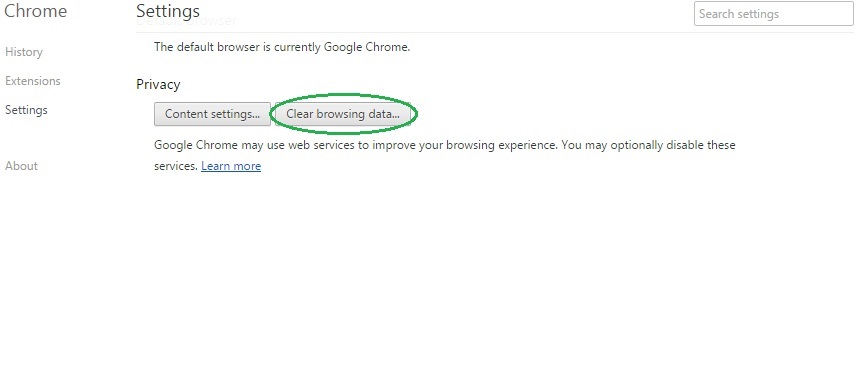
- Scroll down, click on Show Advanced Settings and then select Clear browsing data. Just to be sure, tick everything and clear the data.
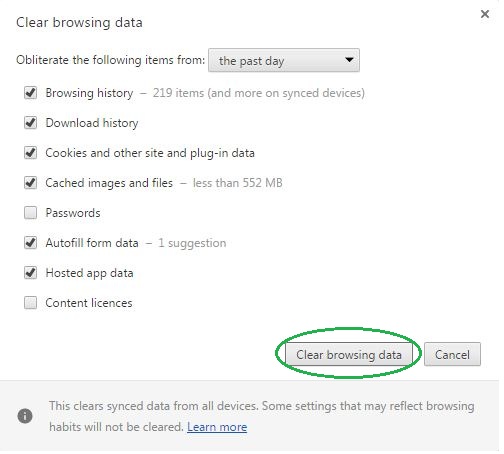
- Now, in the left pane, go to Extensions and look through all extensions that are integrated within your browser. If you notice any suspicious add-on, disable it and then remove it.
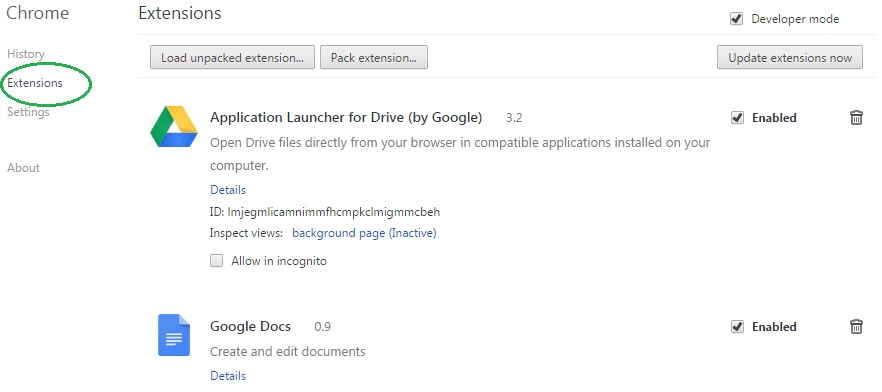
- Firefox users:
- Similarly to Chrome, go to the main menu and select Add-ons and then Extensions.
- Remove any suspicious browser extensions that you may have even if they do not have the name Mobifoth on them.
- IE users:
- Go to Tools and select Manage add-ons.

- Click on all add-on types from the left pane and check if there is anything suspicious in the right panel. In case you find anything shade, make sure to remove it.
IV – Removing Shady processes
[bannerMiddleSecond]
- Go to your start menu, type Task Manager in the search field and from the results open View running processes with Task Manager.

- Thoroughly look through all processes. The name Mobifoth might not be there, but if you notice any shady looking process that consumes high amounts of memory it might be ran by the unwanted program.
- If you spot the process ran by Mobifoth, right-click on it, open its file location and delete everything in there. Then go back to the Task Manager and end the process.

V – DNS check
- In the start menu search box write View Network Connections and open the first result.
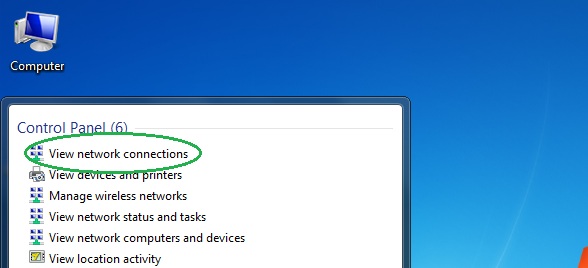
- Right-click on the network connection you are using and go to Properties.

- Select Internet Protocol Version (TCP/IPv4) and click on Properties.

- If Obtain DNS server addresses automatically is not checked, check it.
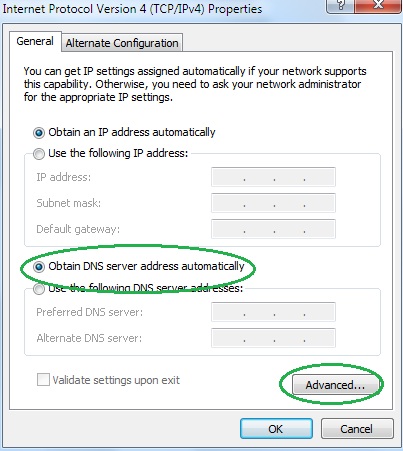
- Go to Advanced and select the DNS If there is anything in the DNS server addresses field, remove it and click OK.

- Click OK on the rest of the opened windows.

Leave a Reply